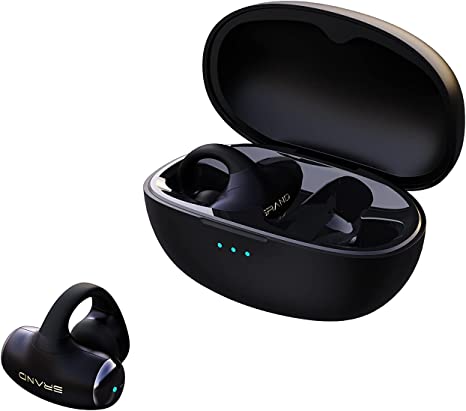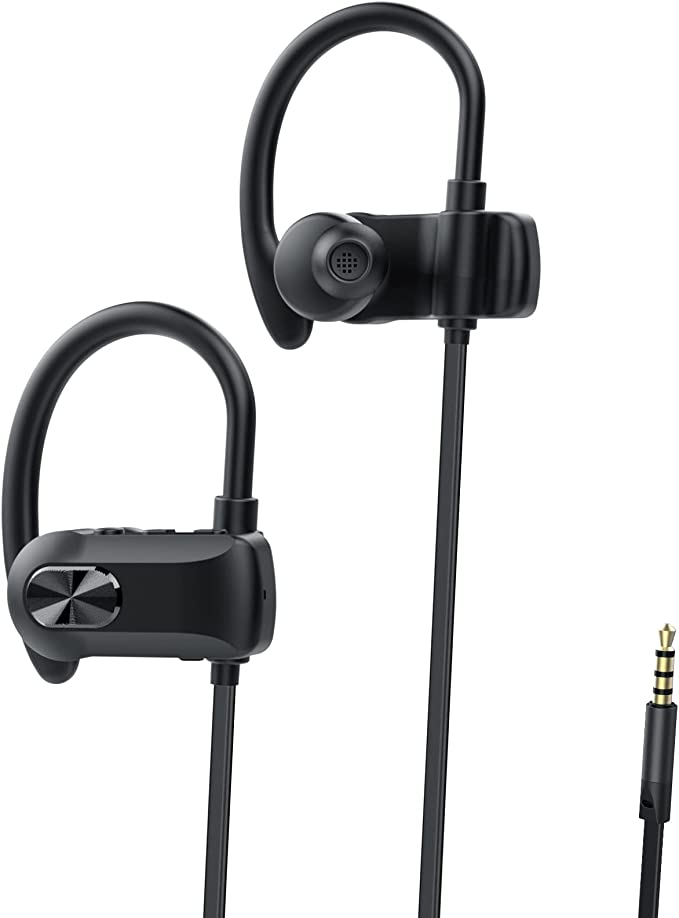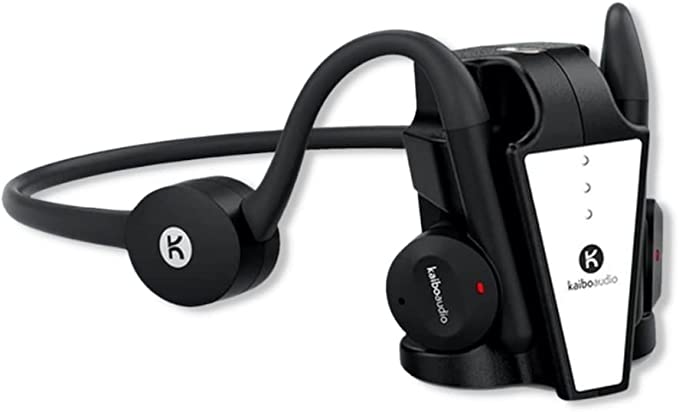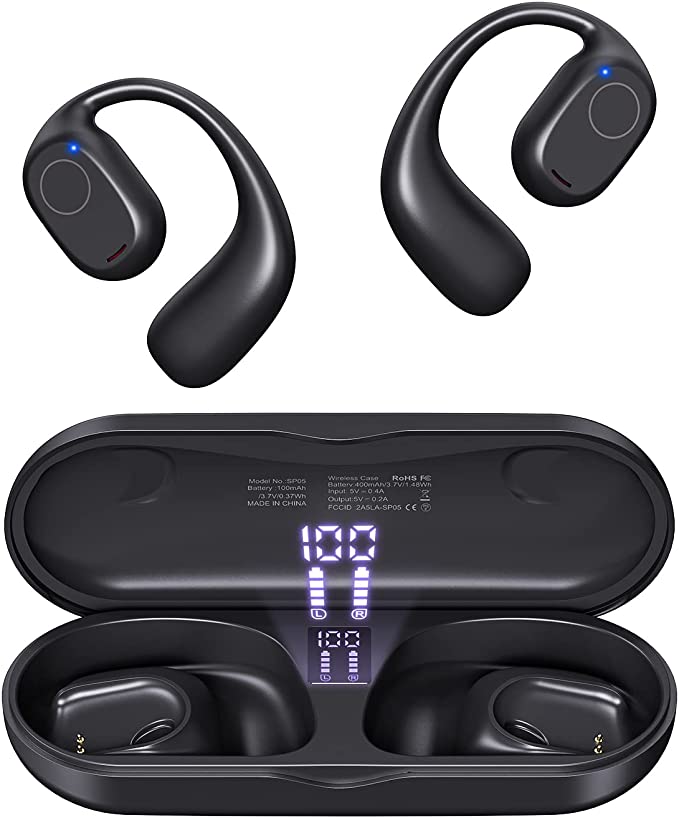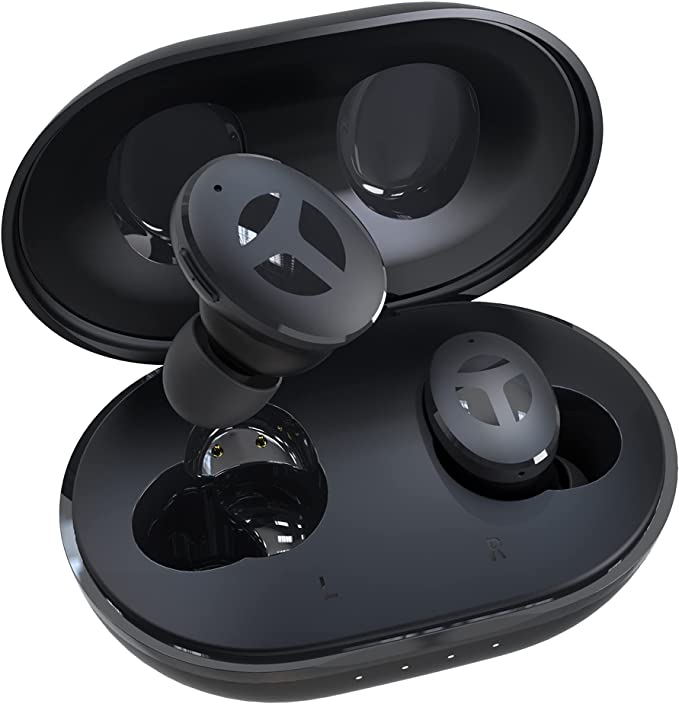Bose VideoWave III: An Engineering Autopsy of the "Invisible" Home Theater
Update on Dec. 7, 2025, 8:33 p.m.
In the annals of consumer electronics, few devices are as ambitious, or as contradictory, as the Bose VideoWave III. Launched with a price tag rivaling a used car (~$6,000 originally), it promised the impossible: a full home theater experience with zero visible speakers and zero subwoofers.
Today, in an era of 4K OLEDs that are thinner than a smartphone, the VideoWave III looks like a relic. It is thick, incredibly heavy, and stuck in 1080p. Yet, to dismiss it is to miss one of the most audacious feats of acoustic engineering ever attempted. This is not a TV review; it is an autopsy of a sound system that just happened to have a screen attached to it.

H4 The Heavyweight Champion of Physics
The first thing you notice about the VideoWave III is its mass. While modern 55-inch TVs weigh around 30-40 pounds, this beast tips the scales at over 100 pounds. This weight is not due to inefficient manufacturing; it is a functional component of the audio design (Thesis).
To generate cinema-level bass without an external subwoofer, Bose packed six high-excursion woofers directly behind the screen. According to Newton’s Third Law, every action has an equal and opposite reaction. If you put powerful woofers inside a lightweight plastic TV chassis, the cabinet would vibrate violently, blurring the picture and rattling the plastic (Physics).
Bose solved this by using the sheer mass of the chassis and a magnesium backplate as a rigid anchor. The woofers are mounted in opposing pairs (back-to-back), utilizing a force-canceling configuration. When one woofer pushes out, its partner pushes in, nullifying the mechanical vibrations transferred to the screen while summing the acoustic output.
H4 PhaseGuide: The Ancestor of Beamforming
The VideoWave’s “magic trick” was placing sound where there were no speakers. It could make a helicopter sound like it was hovering to your left, far beyond the TV’s bezel. This was achieved through PhaseGuide™ Sound Radiator Technology, the grandfather of modern beamforming found in today’s flagship soundbars.
Imagine a flashlight. It takes omnidirectional light from a bulb and focuses it into a tight beam. PhaseGuide does the same for sound (Nuance). It uses a specialized array of seven transducers on each side of the screen, firing through a fine mesh.
By manipulating the phase (timing) and amplitude (volume) of the signal sent to each tiny driver, the system creates an interference pattern (Physics). Constructive interference amplifies the sound in a specific direction, while destructive interference cancels it out elsewhere. This creates a steerable “beam” of sound that bounces off your walls and reflects back to your ears, tricking your brain into thinking the wall itself is the speaker.
Field Note: Because PhaseGuide relies on wall reflections, the VideoWave III performs poorly in open-concept rooms with no side walls. For the illusion to work, it needs a symmetrical, enclosed space to bounce the sound beams.
H4 The Waveguide: A Pipe Organ Inside Your TV
Deep bass requires a long acoustic path for the sound wave to develop. In a traditional subwoofer, this is achieved with a large box volume. In a flat TV, Bose used their signature Waveguide™ technology.
[Image of acoustic waveguide schematic]
Think of it as a folded acoustic pipe, similar to a French horn or a pipe organ, snaking its way through the back of the TV chassis (Thesis). This long, folded tube amplifies the low-frequency energy generated by the internal woofers. It allows the system to hit lower notes (reportedly down to ~40Hz) than the small drivers could physically produce in a sealed box, all without requiring a separate black box on your floor.
H4 The Screen: A Victim of Moore’s Law
The tragedy of the VideoWave III is the Integration Paradox. The audio engineering—the PhaseGuides, the Waveguides, the woofer arrays—is built to last 20 years. Physics doesn’t change. However, the display technology—a 1080p LED-backlit LCD—was obsolete within five years of its release.
Users like Rob Gordon noted the inevitable trade-off: “Recently gave it up for an LG OLED 4K HDR set.” The screen, which accounts for 50% of the device’s visible surface area, acts as a bottleneck for the entire system. You have a Ferrari engine (the sound) stuck inside a Model T chassis (the screen).

So What?: If you are considering buying a used VideoWave III, understand that you are buying a phenomenal sound system permanently glued to a mediocre monitor. You cannot upgrade the screen without throwing away the audio.
The VideoWave III stands as a monument to “Maximum Engineering.” It proved that you could hide a home theater inside a TV, but it also inadvertently proved why, perhaps, you shouldn’t.
